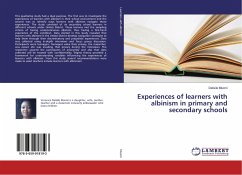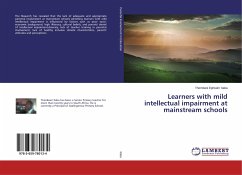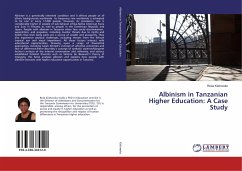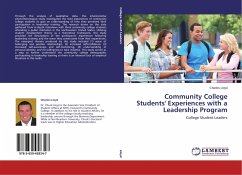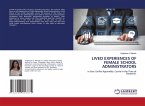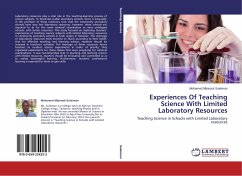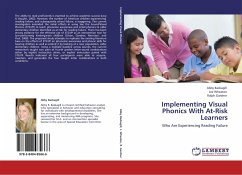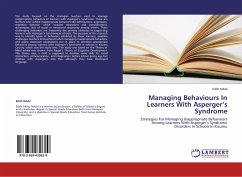This qualitative study had a dual purpose. The first was to investigate the experiences of learners with albinism in their school environment and the second was to identify ways learners with albinism navigate those experiences. The study consisted of six secondary school learners in different schools under Umlazi District. These learners met the sampling criteria of having oculocutaneous albinism, thus having a first-hand experience of the condition. Data elicited in this study revealed that learners with albinism in the Umlazi District develop navigation strategies to help them through their discriminatory and prejudistic experiences. Data was collected using in-depth interviews and focus group discussion. Participants were teenagers. Teenagers value their privacy, the researcher was aware she was invading that privacy during the interviews. The researcher assured the participants of anonymity and also that data collected will be treated with confidentiality. Stigma theory provided a framework for understanding variables influencing the experiences of learners with albinism. From this study several recommendations were made to assist teachers include learners with albininism.
Bitte wählen Sie Ihr Anliegen aus.
Rechnungen
Retourenschein anfordern
Bestellstatus
Storno

